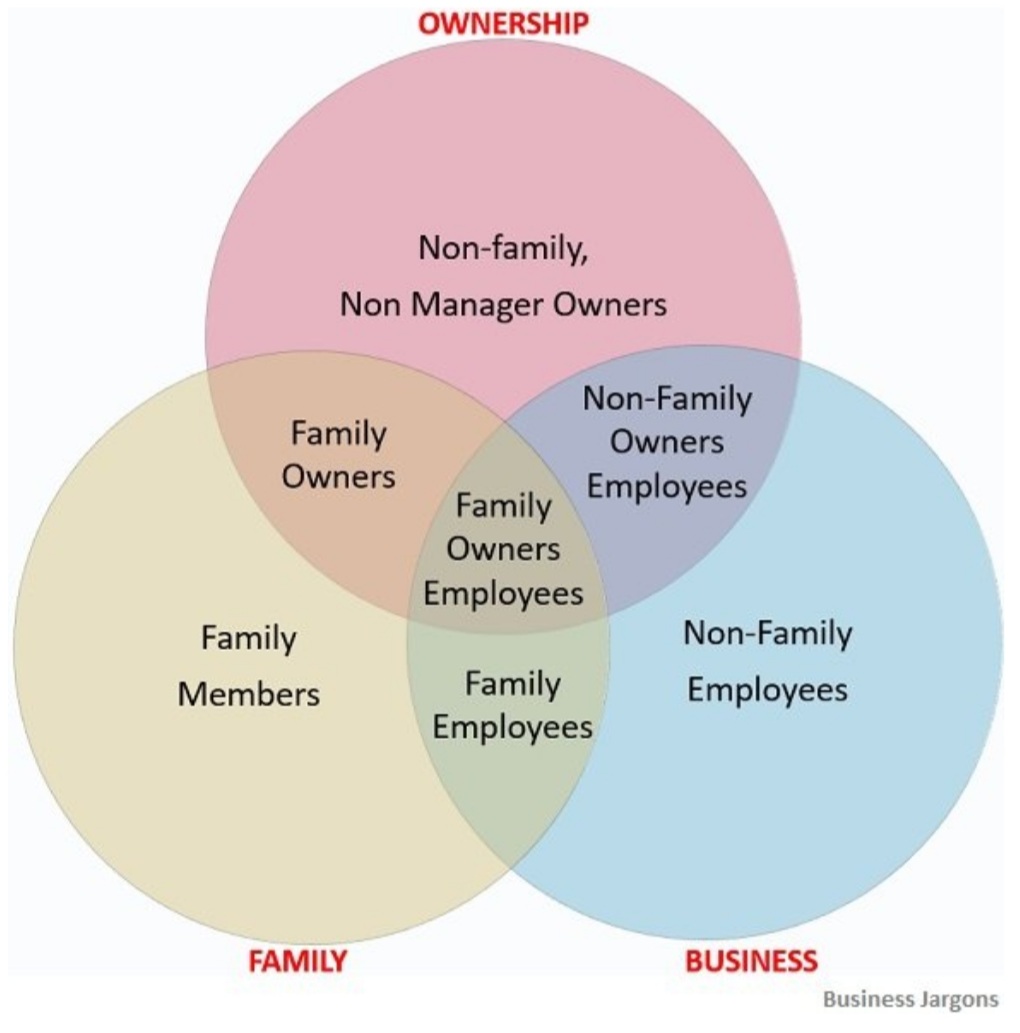
Photo credit: Vistage.Com
When you enter an organization as its new leader, forget about plotting out the first 90 days. Focus on the first 90 hours. Why are those initial hours on the job so important? Because you don’t get a second chance to make a first impression. If you don’t get the first 90 hours right, the remaining 10 weeks won’t make up for any ground that gets lost.
When Michael Watkins published his best-selling book The First 90 Days 20 years ago, the world was a kinder, gentler, and slower place. Today, given the speed that information travels, the intensity of global competition, the mobility of talent, and the way unexpected crises can emerge rapidly, leaders must move faster and display more strategic agility than ever before. Much of Watkins’ advice about how company officials should assume a leadership post still holds true. It’s just that his recommended actions have to be compressed into a shorter period of time.
“AFTER THREE MONTHS OF DITHERING, NAYSAYERS ON THE INSIDE WILL HAVE FIGURED OUT YOUR WEAK SPOTS AND WILL BE ORGANIZING TO SLOW YOU DOWN.”
For instance, the suggestion that new leaders embark on a plodding, 90-day listening tour, making the rounds to talk to a wide range of employees, is no longer appropriate. In fact, it’s downright dangerous to the leader and to the organization. After three months of dithering, naysayers on the inside will have figured out your weak spots and will be organizing to slow you down, competitors will have picked off your best clients, and headhunters will have tempted away your best executives.
7 steps to a successful start
Here are seven recommendations newly appointed leaders should consider following—and it would be best to get all of this work done by the end of their first 90 hours on the job, which amounts to the first two weeks:
Prepare the groundwork
Before you step into the job on Day One, you should already know as much about the position and the organization as possible. If you’re appointed from outside the organization, ask to extend your start date by a month, so you can visit two or three times to supplement what you had learned during the interview process, probe the organization’s strengths and weaknesses, dig into the financials, and assess the bench strength of the existing C-suite executives. Perhaps one or two of those senior leaders were after your job; you might want to have frank conversations about whether they’re staying or leaving. Also, schedule introductory conversations with key customers and employees. You may even want to approach some former employees or board members and ask for their insights. When you arrive, you should not merely be prepared by having a sense of direction, but you must retain flexibility. Remember, there will always be surprises once you start turning over the rocks. You’re bound to have new questions you wish you’d been able to ask before you accepted the job.
Get your directors on your side
If the board interviewed you effectively, you were likely asked for a strategic plan, not a detailed document engraved in stone, but a clear sense of strategic direction and vision that will have excited them sufficiently to warrant entrusting you with the CEO role. Once you start implementing changes, you can be sure that naysayers among your direct reports will be lobbying directors to turn against you by saying you “seem very smart but just don’t understand us.” Warn the directors in advance that these complaints will be coming, ask them not to engage with the complainers, and regardless, make sure your directors have your back.
Identify your top guns
The fawning executives lined up outside your office on Day One to tell you how fortunate the organization is to have you and to offer to help you succeed are often fakes. The people you need to impress and enlist as supporters are not wasting time welcoming you. They’re getting the job done in the lab, on the production line, and in the field. And that’s where you will invariably find raw talent that’s been hidden by nervous bosses who haven’t wanted to credit the people who are really doing the work. Work with the human resources director to organize 10 one-hour focus groups, each with a diverse group of 10 managers. Hold two of these focus group meetings a day for the first five days with both long-timers and high potentials across the organization. You’ll quickly get a feel for the organization’s morale, the strengths and weaknesses of the culture, as well as the abilities of individual executives.
Lock down your management team
As an outsider, you’ll need to surround yourself with a mix of respected and dedicated senior executives (ones who have no interest in challenging you for your role), as well as new blood. The newcomers should be well-regarded up-and-comers who are willing to tie their future to yours, and you may want to mentor them as potential successors. Your initial team should be finalized and in place by the end of week two and should be meeting on a regular schedule starting in week three. The message you’ll send to the troops is clear: You can assess talent, and in doing so, you are both respecting the past by acknowledging those who brought the organization to the dance and helped it rise to where it is today. But at the same time, you are investing in the future. Promoting high-potential, younger executives will not only retain them but also motivate other younger executives who will feel inspired by the possibility of promotion under your leadership. My advice is always to avoid, if possible, hiring your old cronies from previous companies before you’ve given the incumbents a fair chance to prove (or disprove) themselves. You can always make additional changes three months in. Don’t let perfection be the enemy of progress.
Signal your values
You might see mountains of food go to waste at your welcome receptions and decide that all food budgets should be slashed in half. Everybody will realize that you’re cost-conscious, and this gesture won‘t have inconvenienced or offended anyone. Alternatively, identify an investment that costs little but impacts everyone positively. For example, you could replace the worn out, old-fashioned carpeting in all the public spaces with a new, bright, contemporary floor covering. A third approach is to do something quickly for those at the bottom of the pyramid. For example, during the first day on the job for the new CEO of a Chinese subsidiary of a Western multinational firm, the leader visited with all of the drivers employed by the company, offering additional stipends if they wore suits and ties, learned to speak a limited amount of English, and quit smoking. Word quickly spread that this CEO had broken hierarchy to meet with a group of overlooked employees who had previously been taken for granted.
Take a close look at your support staff
Your executive assistant has to reflect your values and style. My preference is to employ people who are polite but firm, welcoming but professional. You might decide to retain your predecessor’s EA because of his or her knowledge about how the place works and inside information about who’s who. However, you must feel confident that the incumbent will be loyal and maintain confidentiality. If you have any doubt, set in motion a search for a replacement, and open the role up to internal as well as external candidates. If you’ll have a chief of staff as well as an EA, that gives you more room to maneuver. You may want to retain one and replace the other. Remember that the person you appoint to staff your office will signal, rightly or wrongly, your views on diversity, equity, and inclusion.
Hold a town hall meeting for the entire organization
This is a requirement by the end of your second week. It’s a chance for you to share a little bit of information about yourself and your values, why you took the job, and how much you respect the contributions of your predecessor and everyone else present, all of whom made this leadership opportunity so exciting. The emphasis should be on growth, opportunity, and prosperity with the caveat that some short-term pain and sacrifice may be necessary to set the organization up for success. You may be able to announce some new appointments. No need to answer detailed questions; just stick with the strategic direction that the board hired you to implement. Don’t throw out too many new ideas at once. Every organization has limited absorption capacity when it comes to change. You don’t want to upend your chances of achieving true transformation by announcing too much too fast.
Three missteps to avoid
In addition, here are three important mistakes to avoid in the first 90 hours:
1. Don’t announce a change to the brand name or logo
Everyone’s a marketing expert, and making such a bold move will just give your skeptics and opponents a chance to undermine your authority before you’ve left the starting gate.
2. Don’t hire anyone quickly without vetting them with multiple insiders.
Feedback you receive from colleagues about any job candidate will reveal as much about the managers doing the interviewing as it does about the candidate. And if you do make an external hire who doesn’t work out (possibly because those resisting change may be saying they reject you by rejecting the new hire), clean up the mistake decisively. Don’t let it linger.
3. Don’t take the bait
Avoid accepting early speaking invitations, internal or external, before you have the lay of the land and have a better idea which engagements you should accept and which you can delegate. Avoid being drawn into lengthy email discussions about strategy and personnel matters. If the culture is toxic, you may receive emails critiquing some of your top team selections. Ignore all such communications. If necessary, invite the senders to make an appointment with you a couple of weeks out, once you’ve had a chance to settle into the role and get to know your colleagues better.
If you follow all of this guidance, you’ll have heard almost everything you need to know by the end of your first 90 hours. The difference between 90 days and 90 hours: You will not have wasted time hearing input from everybody. But, in today’s fast-paced climate, it’s more important to maintain the organization’s momentum and give swift reassurance during a leadership transition
Most organizations today can afford to take a timeout for 90 hours, but 90 days is now far too long. You were hired to do a job. So, get on with it.
John Quelch is the Charles Edward Wilson Professor of Business Administration Emeritus at Harvard Business School. He is also Leonard M. Miller University Professor and former dean of the University of Miami Herbert Business School.
Share your thoughts in the comments below.





















